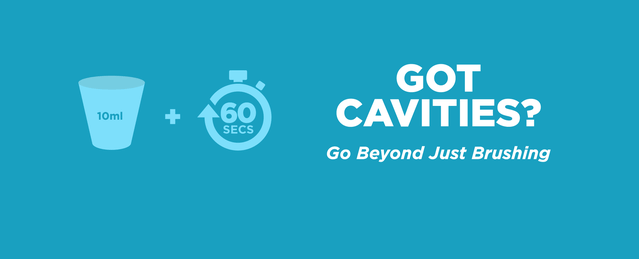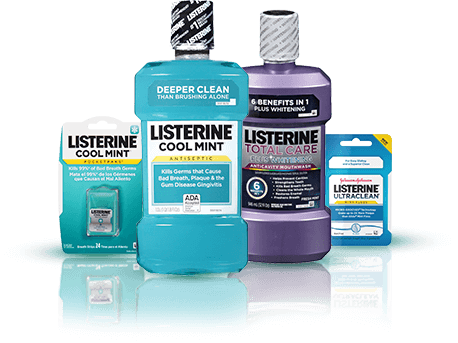A child has his or her first set of teeth, known as baby teeth, firmly in place by the time he or she reaches 3 years old. This junior set of 20 teeth stays in place until age 5, when, one by one, they teeth will start to fall out and are replaced by permanent, or adult teeth.
These baby teeth have shorter roots and fall out to make way for permanent teeth. Typically, by the time a child reaches 13 years old, he or she has lost all of the baby teeth and they have been replaced by a full set of 28 permanent teeth. Later, between the ages of 17 and 25, four wisdom teeth will also surface in the back of the mouth.
Baby teeth differ from permanent teeth in that they are whiter in color (permanent, adult teeth are naturally more yellowish in color). Baby teeth also differ in that their outer shell, known as enamel, and the dentin layer are both thinner and weaker, and the pulp is larger relative to the size of the whole tooth, so that if a kid gets a cavity, it spreads much more quickly to the nerve of the tooth. Regular checkups can catch any tooth decay early on and keep it from spreading. Remember that damage, such as tartar (which is the more advanced stage of plaque), can only be removed by dentists and their professional tools.
Use transparent background for content area?:

